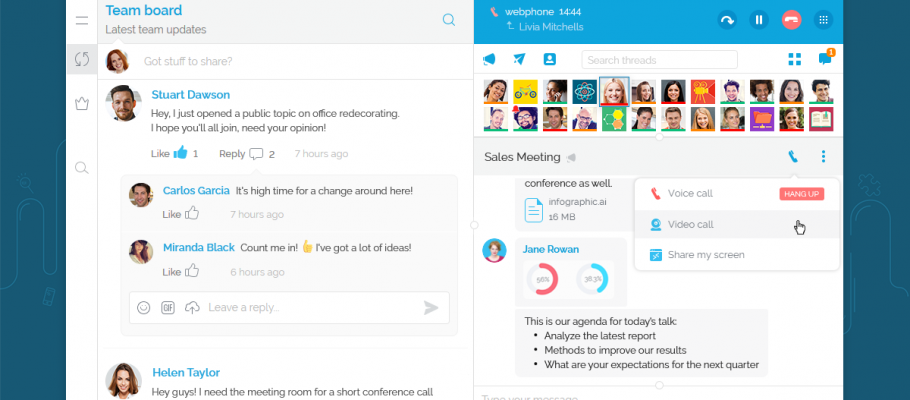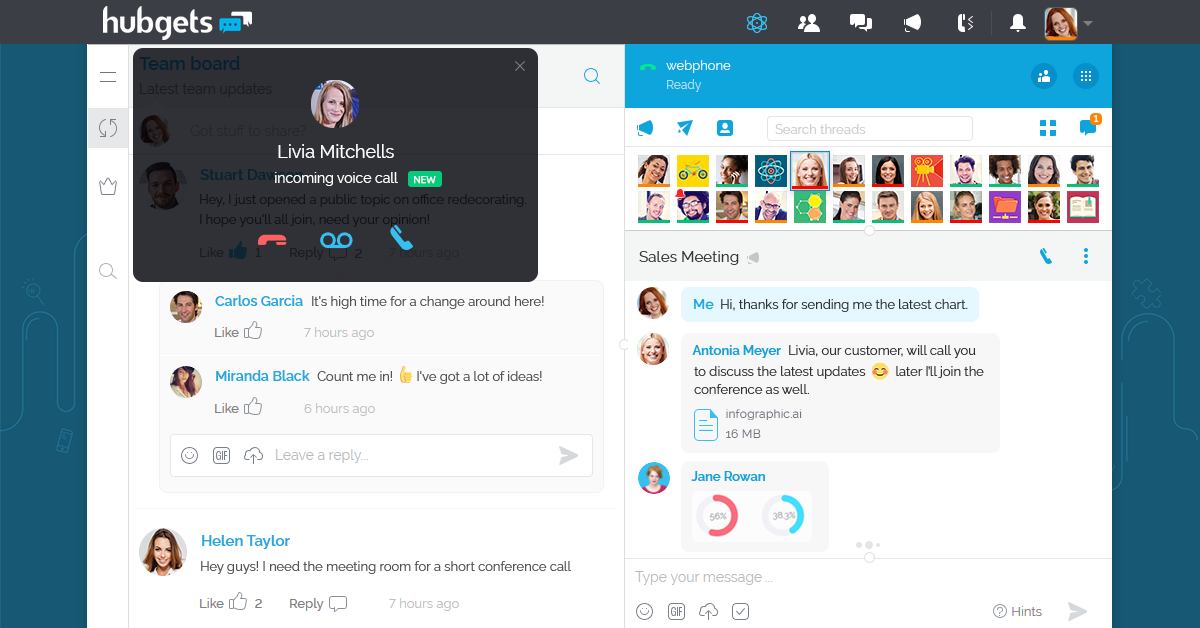The frequency of remote work options have grown exponentially in the past decade, with an estimated 3.6 million Americans working from home in at least some capacity, based on State of the Remote Job Marketplace.
The remote work trend has notable perks for both employees and employers – no commute, time flexibility and minimal office costs. What’s more, a study of 500 employees from Stanford University reports that working from home can lead to a boost in productivity. For example, traditional office workers in the study lost time due to traffic on their commutes, periodic water-cooler breaks and other daily interruptions, while remote employees did not.












